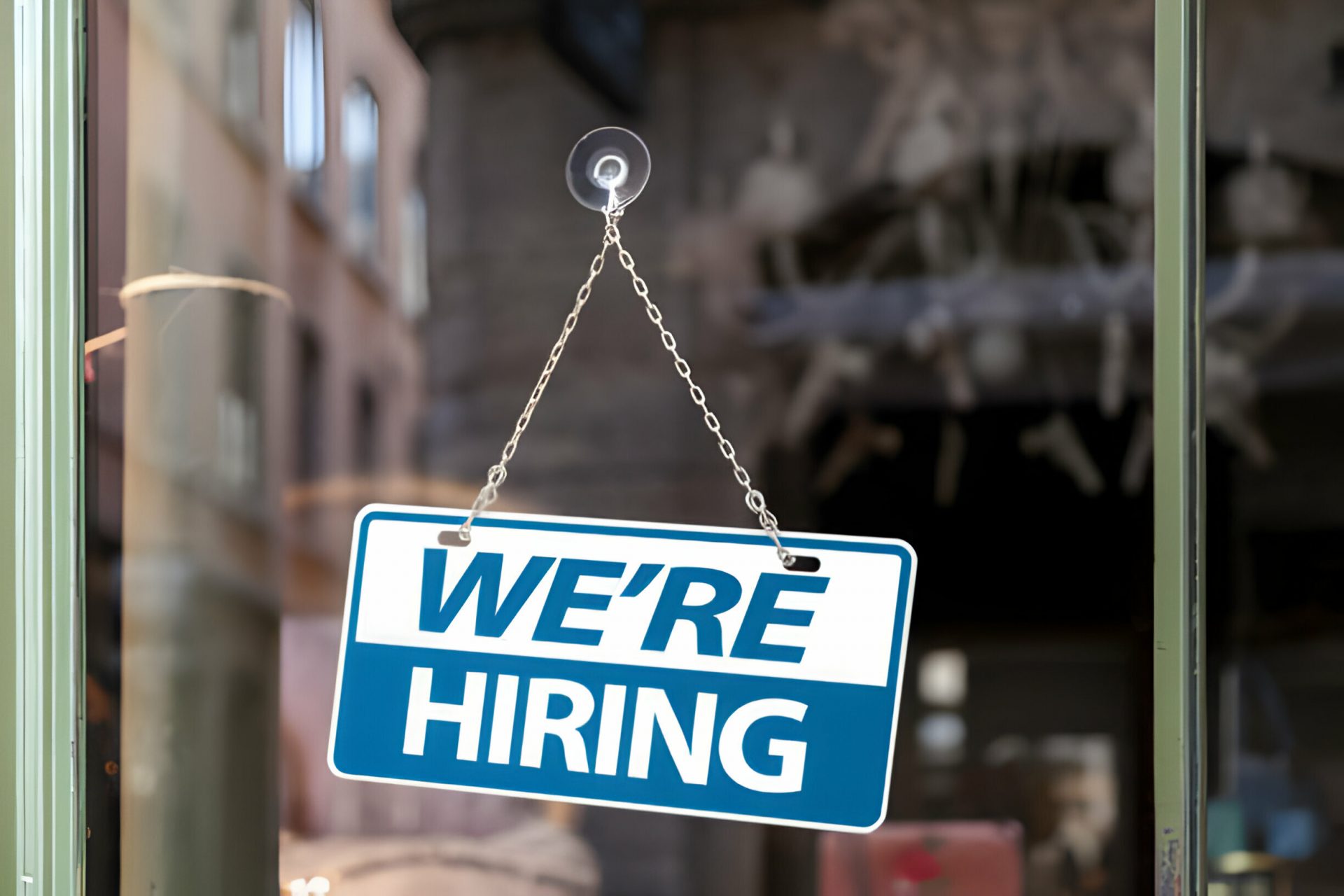December 3rd is International Day of Persons with Disabilities. The annual observance was proclaimed in 1992 by the United Nations General Assembly. It aims to promote the rights and well-being of persons with disabilities in all spheres of society and development, and to increase awareness and disability inclusion in every aspect of political, social, economic and cultural life.
This year also marks the 30th anniversary of the passing of the Americans with Disabilities Act (ADA). The ADA prohibits discrimination against individuals with disabilities in all areas of public life, including jobs, schools, transportation and places that are open to the general public to ensure that people with disabilities have the same rights and opportunities as everyone else.
[This article first appeared on the ADP Spark blog.]
You are no doubt familiar with the need to comply with the ADA in all areas of your business, but disability inclusion reaches far beyond compliance with the law. Proactively supporting inclusivity in your organization can have important and meaningful impact for your employees, customers and communities. CEB, now part of Gartner, found that highly diverse and inclusive organizations had a 26% increase in team collaboration and an 18% increase in team commitment. A study by Harvard Business Review showed that companies with higher-than-average diversity had 19% higher innovation revenues. So, how can you effectively and respectfully promote disability inclusion in your organization?
Practice inclusivity
Be sure that your staff and leadership includes a diverse a range of employees and perspectives. When developing anything from internal policies to new products to client-facing marketing campaigns, getting input from employees and clients with disabilities helps ensure that you are addressing their needs rather than operating on assumptions. Martha Bird, Chief Business Anthropologist at ADP says, “It is important to design WITH excluded and diverse communities, not FOR them. Seek their expert input in the process.”
Representation is key to meaningful and genuine inclusion. If you have Employee Resource Groups (ERGs) or Business Resource Groups (BRGs) in your organization, you can partner with them on inclusivity initiatives to get valuable firsthand perspectives. At ADP, the Thrive BRG has a mission to understand the diverse impact of disabilities, end the stigma, and bring awareness and education to ADP associates about people living with disabilities. Susan Lodge, a Thrive board member and mother to a son with a genetic disease says, “This BRG has given me a new appreciation for the company I work for and the people that I work with. I no longer feel like I am the only one who faces the challenges that disabilities can bring. We are all in this together.”
Work to overcome bias
Inclusivity isn’t an “issue” just for people with disabilities; it’s important for everyone in your organization. Once you set the goal and expectation for a diverse and inclusive organizational culture, follow up with education aimed at promoting understanding and awareness of unique challenges of people with disabilities as well as the importance of inclusion. For example, adopt a policy of using people first language (PFL). People first language is a way of communicating that shows respect for people with disabilities by focusing on the individual and not their disability. For example, if you were discussing modification to your retail space for your clients, instead of saying “disabled customers”, you would use “customers with disabilities.” This recognizes that they have disabilities and allows you to be inclusive and respectful in your planning but doesn’t use their disabilities to define them entirely.
Disability inclusion in post-COVID business
Inclusion is particularly important right now. The global health crisis has highlighted inequities for people with disabilities. Routine healthcare needs like diagnostic testing and therapies are no longer as easy to access. Virtual and masked communications also present challenges that disproportionately affect people with disabilities. As Giselle Mota, board member of ADP’s Thrive BRG, Principal Consultant at ADP on the Future of Work and moderator of an ADP webcast on disability inclusion said, “These are our clients, prospects, coworkers, and employees. How can your organization think about greater equity and inclusivity, especially during these times?”
-=========
This article first appeared on the ADP Spark blog.
Stephanie Eagan is a marketing content developer at ADP. She primarily creates buyer journey content on topics like human capital management, payroll, compliance, HR technology, and tax solutions. In addition, she writes thought leadership blogs with input from ADP and industry experts and a series on diversity and inclusion. Prior to her work at ADP, Stephanie worked in medical marketing and was editorial director for a major non-profit organization.
Thanks for reading CPA Practice Advisor!
Subscribe Already registered? Log In
Need more information? Read the FAQs
Tags: Benefits, Payroll, Technology




